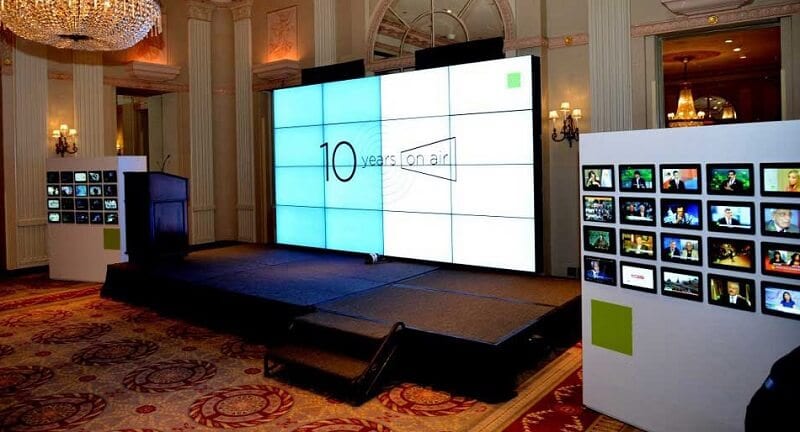Light Emitting Diode wall screens are more and more favored in various settings, including homes to businesses and communal spaces. These screens tend to be known for their vivid as well as dynamic visuals, that make them suitable to communicating data, ads, and entertainment. However, understanding the illumination levels of LED panel screens is essential to ensuring optimal visual efficacy. Brightness can be quantified in metrics known as nits, that show how much light is emitted by the screen. The higher the number of nits, the brighter more luminous a visual is. For instance, example, one screen with 1,000 nits stands considerably more vivid compared to one with five hundred candelas, making this one better equipped in brightly lit settings.

As you selecting an LED panel panel, it is important to take into account which environment in that the screen will be placed. For well-lit illumined spaces, such as shopping malls or open-air locations, a higher brightness level is necessary to ensure visibility. Conversely, in dimmer settings, like cinemas or meeting spaces, lower diminished illumination level might be adequate. This is because unnecessary luminosity within an dim setting may result to discomfort for viewers, making it harder to focus on the display. Therefore, comprehending specific specific requirements of the installation location can help in choosing the right brightness level to ensure ideal visual experience.
A further crucial element for take into account the contrast contrast proportion of the Light Emitting Diode wall panel. The contrast ratio indicates the difference between the most luminous light versus the darkest black black that the panel can produce. A greater differential ratio means the display can it go to this website is capable of present greater detail and depth, thereby improves general visual clarity. For example, one screen boasting an contrast proportion of 10,000:1 is able to show visuals featuring greater brilliant colors as well as crisper features than a featuring a ratio of 1,000:1. This becomes especially crucial when showing visuals or motion graphics which demand greater definition and detail, such as presentations and advertising material.
Additionally, the technology behind Light Emitting Diode panel screens has a crucial role for their brightness as well as total performance. Different types in Light Emitting Diode technologies, including Organic Light Emitting Diode and Liquid Crystal Display, possess unique characteristics that affect the way luminosity is experienced. OLED panels often offer better contrast and deeper blacks, which can enhance the visual experience within dim environments. On the other hand, traditional LED panels may be more suitable for well-lit environments because of the capacity to produce greater amounts of brightness. Understanding such tech-related differences can help consumers in making informed decisions according to their individual requirements.
Finally, regular maintenance and calibration for Light Emitting Diode wall panels may assist this article maintain optimal illumination as well as performance long-term. Dust and dirt may build up on the screen, impacting the illumination as well as sharpness of the visual. Periodic washing as well as expert adjustment can ensure the the panel functions at its optimal, providing consistent visual quality. Additionally, certain advanced Light Emitting Diode panel panels come with integrated features that enable users to modify brightness levels as well as color settings based on their wants. Through taking such measures, users can guarantee that LED LED wall screens deliver an optimal display efficiency, no matter the setting in which these are used.